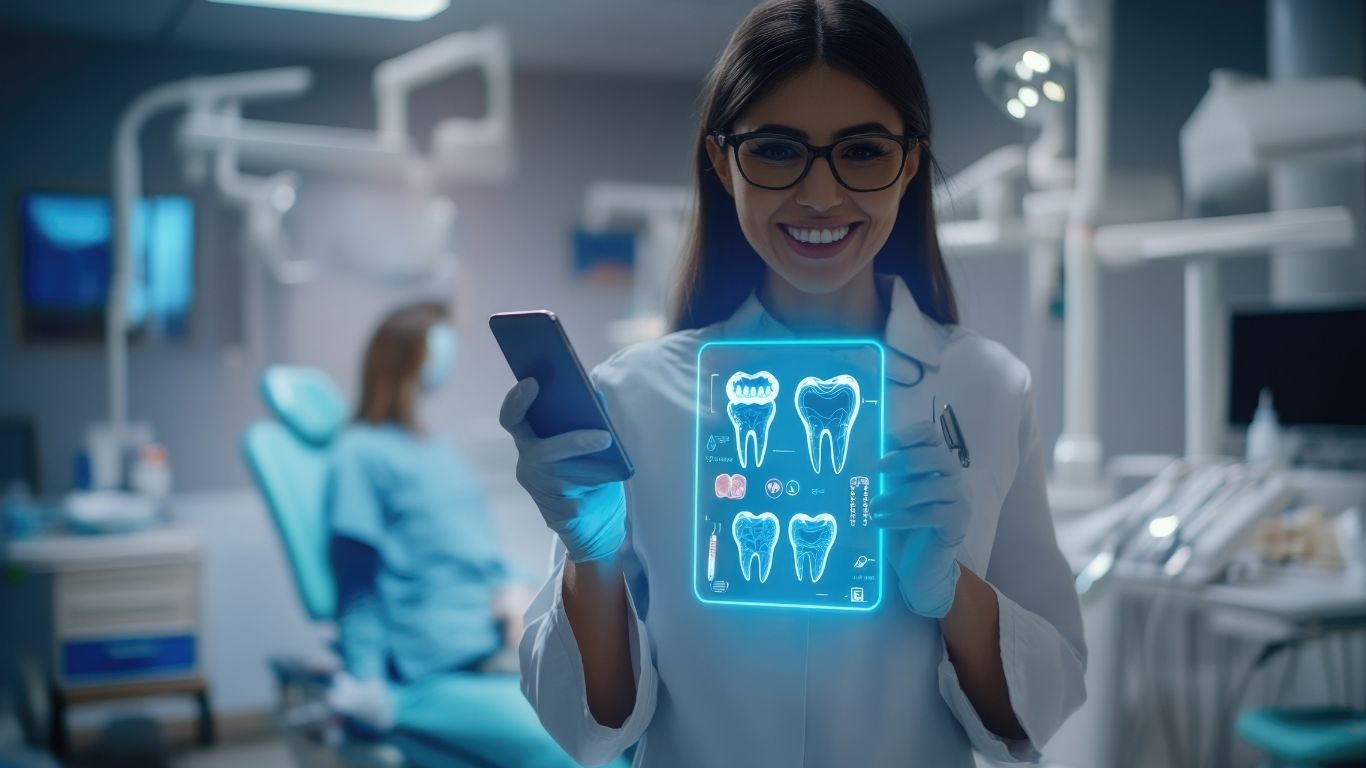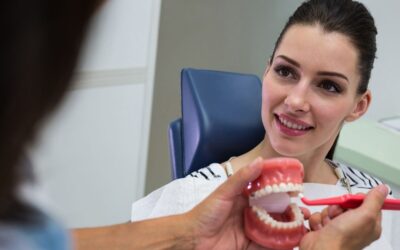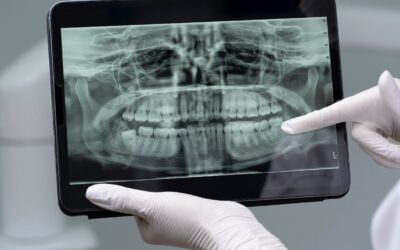In the field of dentistry, one of the most essential elements is the effective communication between dental professionals, insurance companies, and patients. This communication often takes place through codes that help identify specific procedures. These codes are part of a system known as the Current Dental Terminology (CDT), developed by the American Dental Association (ADA). One such code that plays a critical role in dental practices, especially in diagnostic imaging, is the D0350 dental code.
The D0350 dental code specifically relates to the use of intraoral photographs. Intraoral photography plays a significant role in diagnosing, documenting, and planning dental treatments. Whether you are a dentist, dental office manager, or patient, understanding the D0350 code is crucial for proper billing, treatment planning, and communication.
This guide aims to provide a comprehensive understanding of the D0350 dental code. From its purpose and importance to how it’s used and common misconceptions, we will cover everything you need to know about this essential component of modern dental care.
What is the D0350 Dental Code?
The D0350 dental code is part of the Current Dental Terminology (CDT) system used by dental professionals to categorize procedures and treatments. It is specifically used for intraoral photography, a diagnostic tool that allows dentists to capture detailed images of the inside of a patient’s mouth. These photographs can include images of the teeth, gums, and other oral structures.
Intraoral photography is vital for documentation, diagnosis, and monitoring treatment progress. It helps dentists make more accurate diagnoses, track changes in a patient’s oral health, and plan treatments more effectively. The D0350 code ensures that this crucial procedure is properly recorded and reimbursed by insurance companies.
The Purpose of Intraoral Photography
Intraoral photography has become an invaluable tool for dentists for several reasons. It allows dental professionals to take high-quality photographs of a patient’s mouth using specialized cameras that are small enough to be inserted into the mouth. The images can capture minute details that are often missed with the naked eye, making it easier to detect oral health issues early on.
Here are some key purposes of intraoral photography:
Improved Diagnosis:
Dentists can use intraoral images to observe problems like cavities, cracks, gum disease, or other oral health issues. These images often provide more information than a verbal description or traditional diagnostic methods like X-rays.
Treatment Planning:
Intraoral photos can be used to create treatment plans, especially for complex cases like orthodontics or cosmetic dentistry. The visual data helps both the patient and the dentist understand what needs to be done.
Monitoring Progress:
For ongoing treatments, such as braces or gum treatments, intraoral photographs provide a visual record of how a patient’s condition is changing over time. These photos can help track progress and ensure the treatment is on the right path.
Patient Education:
Showing patients the actual images of their mouths can be a very effective way to educate them about their oral health. Visual aids often help patients understand complex issues better than just verbal descriptions.
Legal and Insurance Documentation:
In some cases, intraoral photographs may be needed for legal purposes, such as documenting the results of a procedure or providing evidence for insurance claims.
Why the D0350 Code Matters
The D0350 code is crucial in ensuring that intraoral photography is used correctly and appropriately within the dental industry. Here’s why this dental code matters:
Standardization for Billing and Insurance:
The D0350 code standardizes the billing process for intraoral photography. This means that insurance companies and dental practices can rely on the CDT system to ensure proper reimbursement for services provided.
Clear Communication Between Professionals:
When a dentist submits a claim using the D0350 code, it serves as a clear and precise reference for the services rendered. The use of this code helps specialists, referring dentists, and insurance companies understand the procedures performed without any confusion.
Accuracy in Patient Care:
By assigning a specific code to intraoral photography, it ensures that this essential service is not overlooked. This leads to more accurate treatment planning, better patient care, and more thorough documentation.
Legal and Regulatory Compliance:
Using the correct dental codes, including the D0350 code, helps dental practices maintain compliance with industry standards and regulations. It also ensures that practices avoid legal issues related to incorrect or incomplete documentation.
Efficient Record Keeping:
The D0350 code makes it easier to store and retrieve records for specific dental services. This is helpful for dentists when they need to reference past treatments or track a patient’s oral health over time.
How the D0350 Code is Used
The D0350 dental code is used to bill for intraoral photographs taken for diagnostic purposes. These photographs are typically taken using specialized cameras designed to capture high-quality images inside the patient’s mouth. The D0350 code ensures that the service is properly recorded, billed, and reimbursed.
Here are some of the most common situations where the D0350 code might be applied:
1. Initial Examination and Diagnosis
When a patient visits the dentist for the first time, intraoral photographs are often taken as part of the initial examination. This allows the dentist to document the current state of the patient’s oral health and provide an accurate diagnosis. These photographs can be used for comparison in future visits.
2. Orthodontic and Cosmetic Dentistry
In orthodontics and cosmetic dentistry, intraoral photographs are crucial for planning and tracking treatment. For example, if a patient is receiving braces or undergoing a smile makeover, photographs can show before and after images, helping to demonstrate the effectiveness of the treatment.
3. Monitoring the Progress of Treatments
Intraoral photographs are often used to monitor the progress of ongoing treatments. For example, if a patient is undergoing gum therapy or an implant procedure, these photos can help the dentist track improvements or identify any complications.
4. Post-Treatment Documentation
Once a treatment is completed, it’s essential to document the results. For example, after a root canal or cosmetic procedure, intraoral photographs provide a clear visual record of the outcome, which can be useful for the patient’s ongoing care or for any potential legal purposes.
5. Referral to Specialists
If a dentist refers a patient to a specialist, the D0350 code and accompanying photographs may be used to communicate important details about the patient’s oral condition. For example, if a patient needs to see an oral surgeon, the photographs help provide the specialist with a better understanding of the situation.
The Benefits of Intraoral Photography
Intraoral photography offers numerous benefits to both dental professionals and patients. Here are some of the top advantages:
1. Enhanced Diagnostic Accuracy
Intraoral photographs provide high-definition images of a patient’s oral structures, making it easier to identify issues that might be overlooked during a traditional examination. This leads to more accurate diagnoses and a better understanding of the patient’s condition.
2. Better Patient Education
Visual aids are powerful tools for educating patients about their oral health. By showing patients photographs of their mouths, dentists can help them better understand the need for certain treatments and how they will improve their health.
3. Improved Communication
Intraoral photos make communication between dental professionals easier. When referring patients to other specialists or discussing treatment plans, photographs provide a clear visual reference, eliminating any confusion that might arise from verbal descriptions alone.
4. Documenting Treatment Results
For treatments like cosmetic dentistry, intraoral photography is invaluable for documenting the results. These photos can be used to compare before-and-after images, showing the patient the progress made and the success of the procedure.
5. Insurance and Legal Protection
Intraoral photographs can also serve as documentation for insurance claims or legal purposes. If there is a dispute or claim related to treatment, these photos provide visual proof of what was done and why it was necessary.
Common Misconceptions About the D0350 Code
There are several misconceptions about the D0350 code that need to be addressed:
1. It’s Only for Cosmetic Procedures
While intraoral photography is commonly used in cosmetic dentistry, it is not limited to cosmetic treatments. The D0350 code is applicable to any diagnostic procedure where intraoral photographs are necessary, including general dentistry and orthodontics.
2. It’s Not Essential for Every Patient
Some patients may not need intraoral photographs, especially if they are receiving routine care. However, for patients undergoing more complex procedures or treatments, intraoral photography is often a crucial tool for accurate diagnosis and treatment planning.
3. It’s Just for Record-Keeping
While intraoral photography does serve as an important record-keeping tool, its value extends beyond documentation. These images are essential for diagnosis, treatment planning, and monitoring the effectiveness of treatments.
How to Ensure Proper Use of the D0350 Code
For dental professionals, it is essential to ensure that the D0350 code is used correctly. Here are a few tips for ensuring that intraoral photographs are properly billed and documented:
1. Ensure Proper Documentation
Always ensure that the photographs taken are relevant to the treatment being provided. The D0350 code should be used only for diagnostic purposes, not for aesthetic or promotional purposes.
2. Submit Complete Claims
When submitting insurance claims for intraoral photography, make sure that the necessary documentation, including the photographs, is included. This ensures that insurance companies can properly assess and reimburse the procedure.
3. Use High-Quality Equipment
Using high-quality cameras is crucial for taking clear, detailed photographs. Poor-quality images may not provide sufficient diagnostic value and may lead to claim denials.
4. Stay Updated on Insurance Policies
Insurance companies may have specific requirements for the use of the D0350 code. It’s important to stay informed about these policies to avoid claim issues.
Conclusion
The D0350 dental code plays a significant role in ensuring that intraoral photographs are accurately documented, billed, and reimbursed. Understanding this code and its application is essential for both dental professionals and patients. Whether you are seeking dental treatment or managing a dental practice, the D0350 code helps streamline the diagnostic process, improve patient care, and ensure that treatments are properly compensated.
Incorporating intraoral photography into your dental practice can enhance the accuracy of diagnoses, improve communication with patients and specialists, and provide valuable visual documentation for insurance and legal purposes. By understanding the importance and proper use of the D0350 code, dental professionals can improve the overall quality of care they provide and ensure that patients receive the best possible outcomes.



